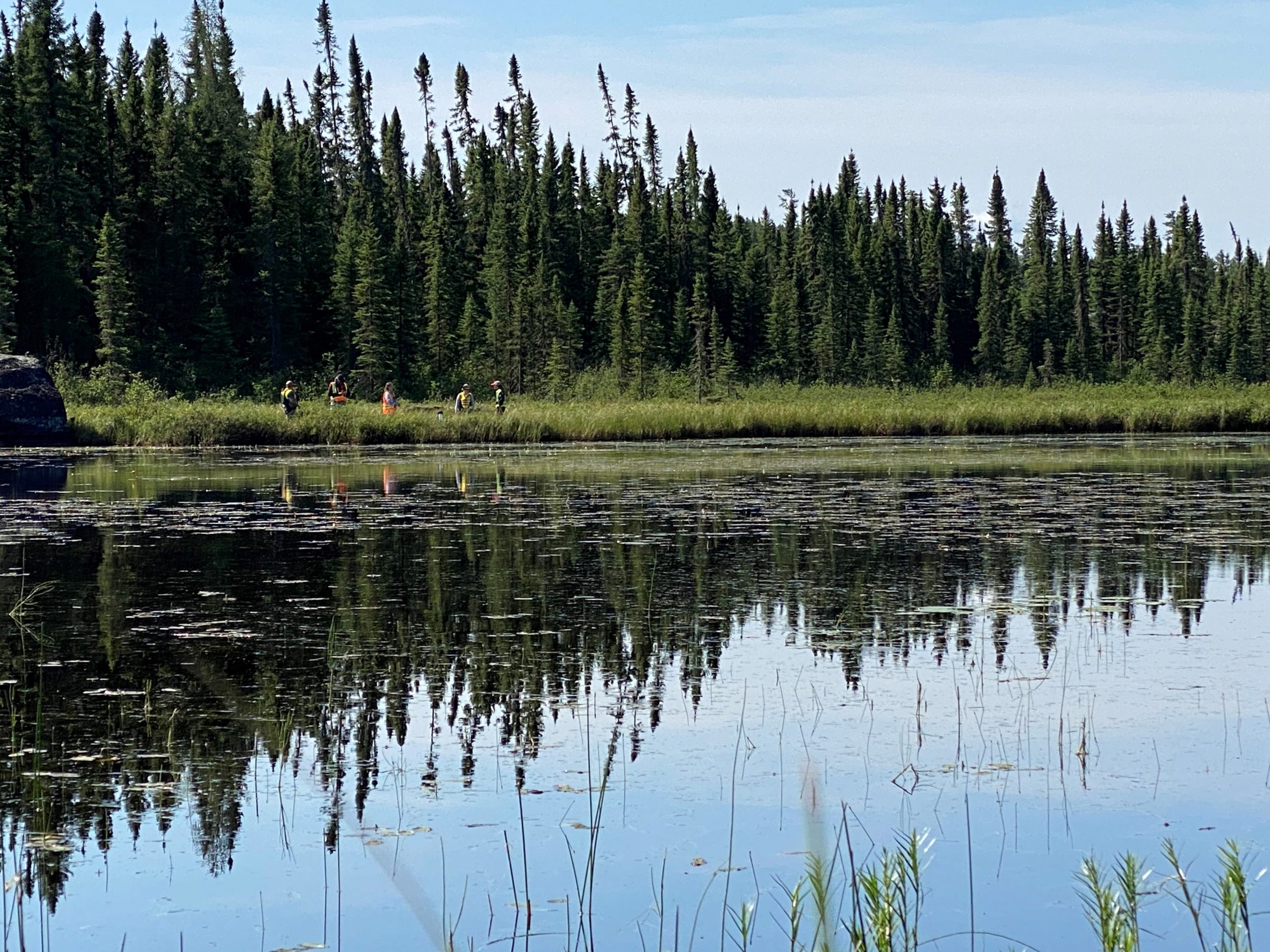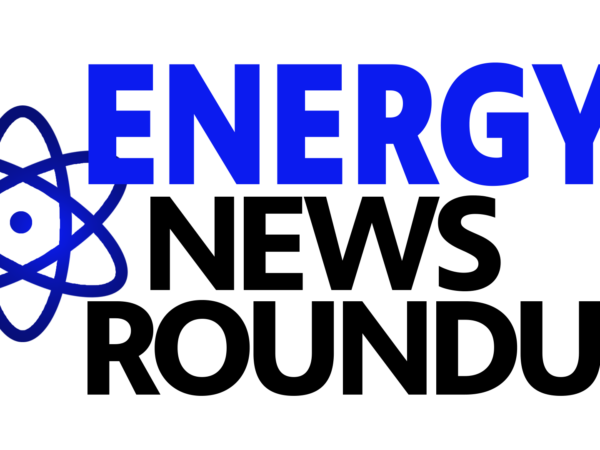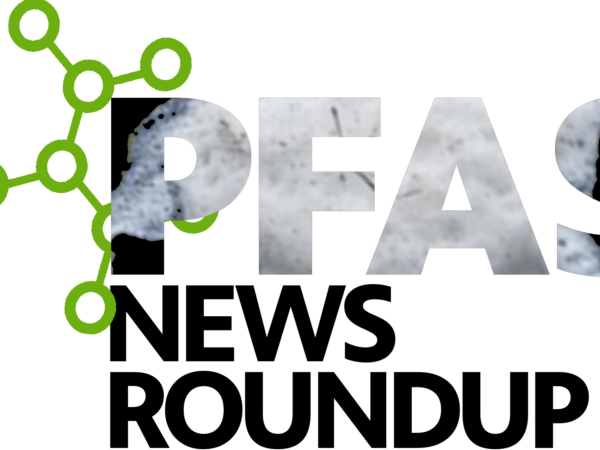
One of the main concerns opponents have to two of the proposed underground sites for storing Canada’s spent nuclear fuel, one of which is in the Lake Huron watershed, is the potential impact on the environment. A group of Ontario researchers is setting the groundwork to answer that question with a new project.
The project – a joint initiative of Canada’s Nuclear Waste Management Organization and the University of Guelph – is meant to help scientists monitor long-term effects of containing spent fuel from the country’s power plants deep in the bedrock.
Researchers from both organizations will collect water samples from the sites’ wetlands, small lakes and rivers. They will then run the samples through a filter to capture environmental DNA, or eDNA, from cellular material shed by fish and other animals, which they will compare to a database of existing aquatic species.
“All organisms are continually sloughing off cellular debris,” said University of Guelph molecular ecologist Robert Hanner. “If you’ve ever thrown a dirty kid or a dog in the bathtub and you see this ring around the tub, some of it’s their cellular material. We could swab that, sequence it and determine what was in that tub.”
In late 2019, the NWMO announced it had reduced 22 potential host sites for storing spent nuclear fuel down to two. They are the municipality of South Bruce, Ontario, about 40 kilometers (24 miles) inland from Lake Huron shoreline, and the township of Ignace, about 240 kilometers (150 miles) from Lake Superior and part of the Arctic watershed. The NWMO expects to settle on a location in 2023.
Teams from Hanner’s lab and the NWMO began collecting samples this summer from the Ignace site and will start searching for eDNA from the South Bruce site next year. They will focus initially on the Teeswater and Saugeen rivers, both of which flow into Lake Huron.
Hanner’s lab is best known for using eDNA sampling to help reveal seafood mislabelling but has more recently branched out into using the tool to identify and protect at-risk aquatic species. Their eDNA can last in freshwater anywhere from a few hours to a few days, said Hanner.
According to NWMO senior environmental scientist Melissa Mayhew, the project will be the largest application of eDNA monitoring in Canada. “We’re interested in fish, amphibians and reptiles,” said Mayhew. “But we hope to see signals from other animals too – for instance bats defecating over waterways.”
The researchers also hope to better understand how aquatic and semi-aquatic creatures change where they congregate according to the seasons, and to pick up signals from species that more traditional techniques often miss.
Freshwater mussels for example can be hard to find and identify by sight – some species don’t look much different from others. But eDNA can reveal their genetic diversity.
“We want to focus on areas with high and unique diversity of species so we can design targeted programs to study and protect them,” said Mayhew.
The researchers will also use more traditional surveillance systems, possibly including underwater cameras or electrofishing, a technique that uses an electric current to temporarily stun fish, which then float to the surface for easy counting.
The team expects to have more than a decade of baseline data on species diversity and abundance before used nuclear fuel bundles are stored at the chosen site. That’s because it will likely take 10 or more years to construct the underground facility.
Used nuclear fuel can remain dangerously radioactive for hundreds of thousands of years. Canada currently has about 3 million used nuclear fuel bundles. At the end of the planned operation of its existing nuclear reactors, the number of used fuel bundles could total about 5.5 million.
When used nuclear fuel bundles are removed from a reactor, they are placed in a water-filled pool where their heat and radioactivity decrease. After seven to 10 years, the bundles are placed in above-ground dry storage containers made of high-density concrete about 510 millimetres (20 inches) thick and lined with steel.
The country’s used nuclear fuel is currently stored at nuclear reactor sites in Ontario (including two on Lake Ontario and one on Lake Huron), Quebec and New Brunswick, and at Atomic Energy of Canada Limited’s sites in Manitoba and Chalk River Laboratories in Ontario.
Catch more news on Great Lakes Now:
COP26 Coverage: What do you want to know about the U.N. climate change conference?
Featured image: A team of researchers from the Nuclear Waste Management Organization and the University of Guelph conduct eDNA sampling earlier this year in the Ignace, Ontario, area. (Photo courtesy of Nuclear Waste Management Organization)




